iPhone 15 and the USB-C port: everything you need to know about it

The iPhone 15 series is here, and one of the most hotly debated news about it is the new USB-C port which has replaced Apple's proprietary Lightning port that all previous iPhones so far have come with.
There were initially some worries that Apple would limit any upgrades that come with the new USB-C port to MFi-certified cables, but the company has stated clearly on its website that the USB-3 faster data transfer speeds will work with any USB-3 cable, so kudos to Apple for that.
So here's the gist of it. This USB-C adoption is definitely a good thing for the iPhone. Users no longer need to carry around multiple types of cables to charge their iPhone and their other devices, which is a definite win.
Apple already had many of its other devices like the iPads and Macbooks featuring USB-C ports, but the company was holding out on making that change with its phones, until it finally got pressured by EU regulations to do so.
It has been a long time coming, but now all of Apple's flagship phone lineup comes with the USB-C port, which by default comes with some perks, which we will get into below.
Also read:
The USB-C connector was created by the USB Implementers Forum, which is made up of hundreds of companies, including Microsoft, Samsung, Intel, Apple, Dell, and more. It is currently the industry standard so it is present in all kinds of mobile tech, such as phones, tablets, headphones, and even cameras. You'll find the connector on Apple's Macs and most iPads, and with the iPhone 15 series, we'll be seeing USB-C on an iPhone for the first time.
Another key difference is that USB-C is an industry standard. Lightning, however, is proprietary. Accessory companies making products with Lightning connectors do pay a fee to Apple to do so via the MFi program.
We must point out that USB-C is just a connector type. Its use does not guarantee the support for a specific data transfer rate, charging speed, or video output capability. Support for these depends on the devices and USB cables using the USB-C connector.
While all iPhone 15 models have a USB-C port and cable, Apple did not utilize the new port to deliver faster charging speeds. It goes without saying that this is one of our major disappointments with the iPhone 15 series. We are hopeful, however, that next year Apple will finally make some upgrades on that front.
What is USB-C and how does it differ from Lightning?
The USB-C connector was created by the USB Implementers Forum, which is made up of hundreds of companies, including Microsoft, Samsung, Intel, Apple, Dell, and more. It is currently the industry standard so it is present in all kinds of mobile tech, such as phones, tablets, headphones, and even cameras. You'll find the connector on Apple's Macs and most iPads, and with the iPhone 15 series, we'll be seeing USB-C on an iPhone for the first time.
Just like Lightning, USB-C is designed to be reversible, so the plug's orientation doesn't matter. However, this is where similarities between the two end. USB-C is used by standards that enable much faster data transfer speeds (USB 3.0, USB 4.0, Thunderbolt), charging rates (USB Power Delivery), and even ultra high-resolution video output. Though you do need compatible hardware to take advantage of these features – we'll touch more on that in a bit.
Another key difference is that USB-C is an industry standard. Lightning, however, is proprietary. Accessory companies making products with Lightning connectors do pay a fee to Apple to do so via the MFi program.
We must point out that USB-C is just a connector type. Its use does not guarantee the support for a specific data transfer rate, charging speed, or video output capability. Support for these depends on the devices and USB cables using the USB-C connector.
iPhone 15 and USB-C
Charging speed
While all iPhone 15 models have a USB-C port and cable, Apple did not utilize the new port to deliver faster charging speeds. It goes without saying that this is one of our major disappointments with the iPhone 15 series. We are hopeful, however, that next year Apple will finally make some upgrades on that front.
Data transfer speed
Apple might have let us down when it comes to charging, but at the very least the new USB-C port on the iPhone 15 Pro and iPhone 15 Pro Max comes with support for USB 3 and the ability to transfer data up to 10 gigabits per second, which is 20x more compared to last year's Pro models.
For context, that is enough data transfer speed to record ProRes video with an iPhone 15 Pro and transfer it directly to an external storage device. Even more impressively, it is enough to allow 4K video at 60 FPS with HDR streaming from iPhone to an external display while writing on a separate SSD.
Keep in mind though, that to make use of these high data transfer speeds, you would need a USB-3 cable, which is not included in the box. Apple only provides a basic USB-C cable with all iPhone 15 models, so you would have to buy a USB-3 one separately.
As you might have already guessed, however, this upgrade only comes with the more premium models, so the iPhone 15 and iPhone 15 Plus don't get to utilize it. That leaves the two regular models with the simple convenience of having a standardized port.
Compatibility
Design and durability
Each USB-C to USB-C cable that comes with the new iPhone 15 lineup is now braided. Apple did not mention anything about the new cables being stronger, but braided cables are typically more durable, so there is some possibility these new ones last longer than those that came with previous iPhone generations.
Conclusion
So here's the gist of it. This USB-C adoption is definitely a good thing for the iPhone. Users no longer need to carry around multiple types of cables to charge their iPhone and their other devices, which is a definite win.
There are also the much faster data transfer speeds on the Pro models. Until now, expert photographers and videographers who used the iPhone Pro and Pro Max had to either sit through excruciating waiting time or find a workaround to transfer large files from the phone to a Mac or PC. Now that whole process should be significantly faster and more convenient.
But we cannot look away from the lack of faster charging speeds. At the very least we expected improvements on that end with the iPhone 15 Pro and Pro Max, but alas. There must have been some kind of wall that Apple hit to not include this upgrade though, and we fully expect Apple to work on this for the next generation.


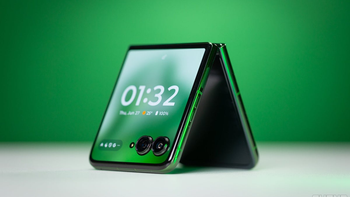

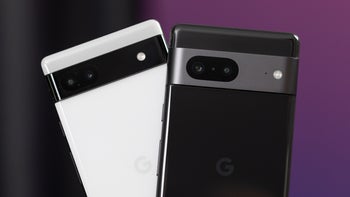

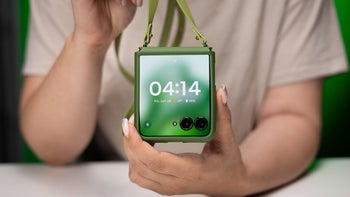
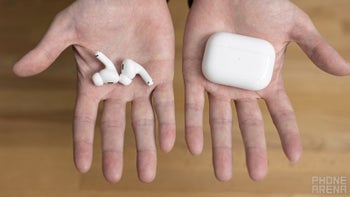
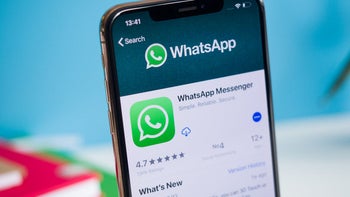




Things that are NOT allowed: